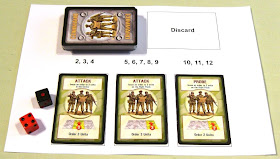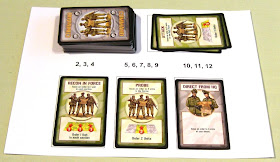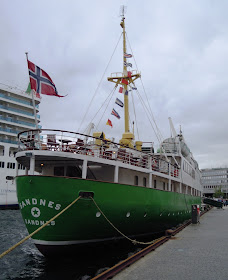During a short trip to the local branch of Tesco's this morning I happened to see a DVD on the shelf which interested me ... so I bought it.
The DVD was entitled AMONGST HEROES and the cover art seemed to depict a soldier dressed in a British World War II uniform (but with a German gas mask case!) being over flown by a number of Supermarine Spitfires. Even more confusing, the back of the cover had a picture of a modern Russian tank and some World War II Germans.
Reading the cast list and the names of the production staff, it became obvious that the film was probably made in Russia or the Ukraine.
As it was priced at less than £6.00 I bought it ... and watched it this afternoon ... and must admit that it was better than I expected ... but also not what I expected.
Let me explain.
The film starts in modern-day Russia with a group of Russian battle re-enactors going of to a battle site in the Ukraine to take part in a re-enactment. There is tension between the Russians and the Ukrainians, and this culminates in a fight between two Russians and two Ukrainians. During the re-enactment on the following day these four are caught in an explosion ... that throws them back to 1944 when the real battle was taking place. The rest of the film then deals with their attempts to survive the real battle and return to their own time.
One thing that was not obvious whilst I was watching the film was why one of the Russians (who is a professor of military history) seems to be recognised by some of the people in 1944, but subsequent research provided the answer ... this is the second film that involves this particular character travelling back in time to the Second World War!
What I actually bought was not an ordinary war film ... it is a film about historical time travel to a recent time of war. The latter goes some way to explaining why one of the comments on the front of the cover was written by Kim Newman, a well-known journalist, film critic, and fiction writer who specialises in horror and alternative history.
My opinion of the film ... well I enjoyed it because I like war films and science fiction/time travel stories. Some of the action was very entertaining to watch and the film makers had tried to make things reasonably authentic to look at ... unlike the artist who produced the DVD cover art!
There are one or two 'clunky' bits ... but for £6.00 I thought that I got my money's worth ... and I will watch it again ... in spite of the subtitles!
PS. Subsequent research shows that the film was originally released as a DVD with a different title (PARADOX SOLDIERS) and cover art.
The DVD was entitled AMONGST HEROES and the cover art seemed to depict a soldier dressed in a British World War II uniform (but with a German gas mask case!) being over flown by a number of Supermarine Spitfires. Even more confusing, the back of the cover had a picture of a modern Russian tank and some World War II Germans.
Reading the cast list and the names of the production staff, it became obvious that the film was probably made in Russia or the Ukraine.
As it was priced at less than £6.00 I bought it ... and watched it this afternoon ... and must admit that it was better than I expected ... but also not what I expected.
Let me explain.
The film starts in modern-day Russia with a group of Russian battle re-enactors going of to a battle site in the Ukraine to take part in a re-enactment. There is tension between the Russians and the Ukrainians, and this culminates in a fight between two Russians and two Ukrainians. During the re-enactment on the following day these four are caught in an explosion ... that throws them back to 1944 when the real battle was taking place. The rest of the film then deals with their attempts to survive the real battle and return to their own time.
One thing that was not obvious whilst I was watching the film was why one of the Russians (who is a professor of military history) seems to be recognised by some of the people in 1944, but subsequent research provided the answer ... this is the second film that involves this particular character travelling back in time to the Second World War!
What I actually bought was not an ordinary war film ... it is a film about historical time travel to a recent time of war. The latter goes some way to explaining why one of the comments on the front of the cover was written by Kim Newman, a well-known journalist, film critic, and fiction writer who specialises in horror and alternative history.
My opinion of the film ... well I enjoyed it because I like war films and science fiction/time travel stories. Some of the action was very entertaining to watch and the film makers had tried to make things reasonably authentic to look at ... unlike the artist who produced the DVD cover art!
There are one or two 'clunky' bits ... but for £6.00 I thought that I got my money's worth ... and I will watch it again ... in spite of the subtitles!
PS. Subsequent research shows that the film was originally released as a DVD with a different title (PARADOX SOLDIERS) and cover art.

















































